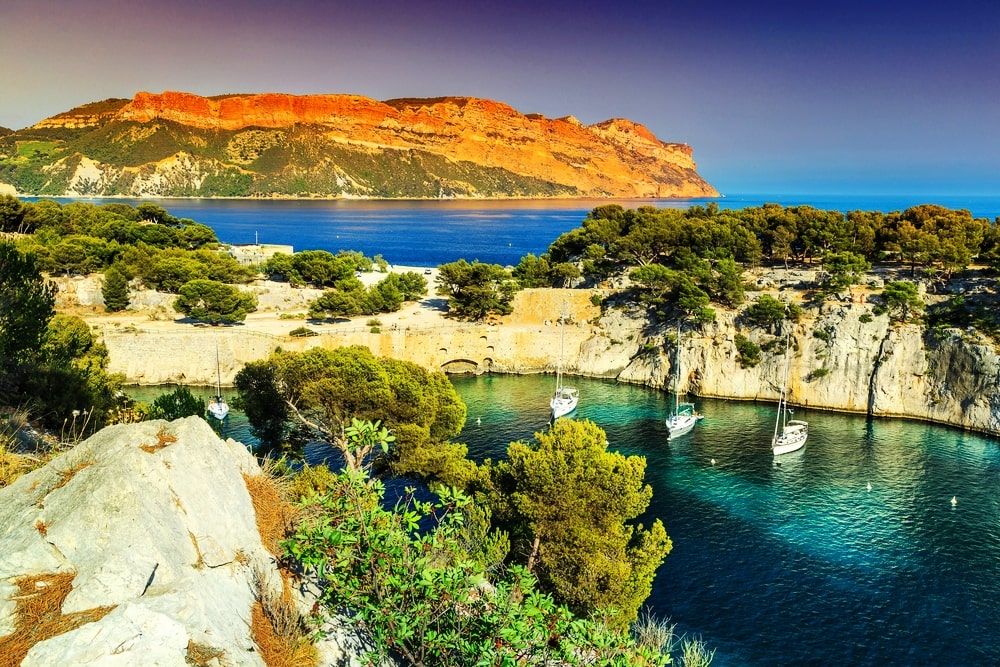Exploring Ireland, Europe & the world of food
Welcome I’m Faith and I’m member of the Jones Generation and a mature traveller. I have lived on 3 continents and visited over 30 countries in my lifetime and most of that was done after I turned 50. I’m now at the grand old age of 64 and travel as a housesitter with my husband across Ireland, the UK and Europe.
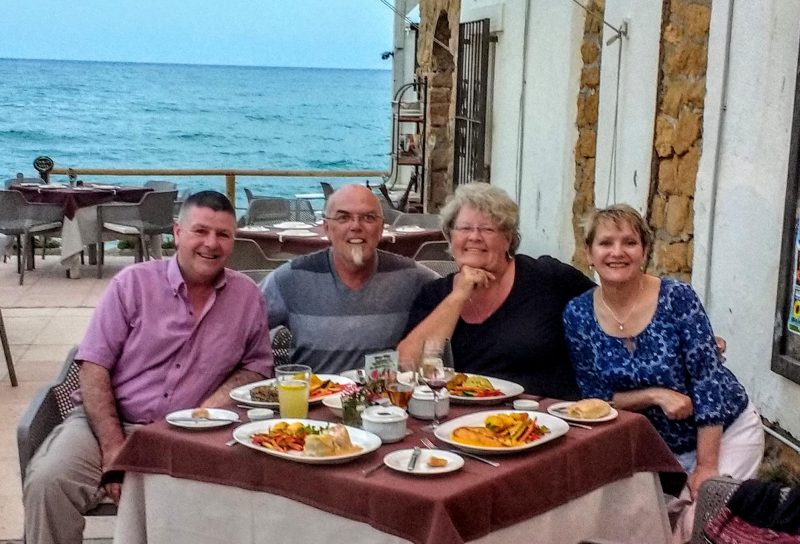
We both emigrated to Canada as children from Ireland and have the great advantage of having both Irish and Canadian passports. This allowed us to travel extensively through Europe while finding a new home in Ireland. When we first took early retirement we moved to Mexico which we loved but our overwhelming desire was to try living in Ireland and then the UK, France, Italy and Spain we we are still exploring.
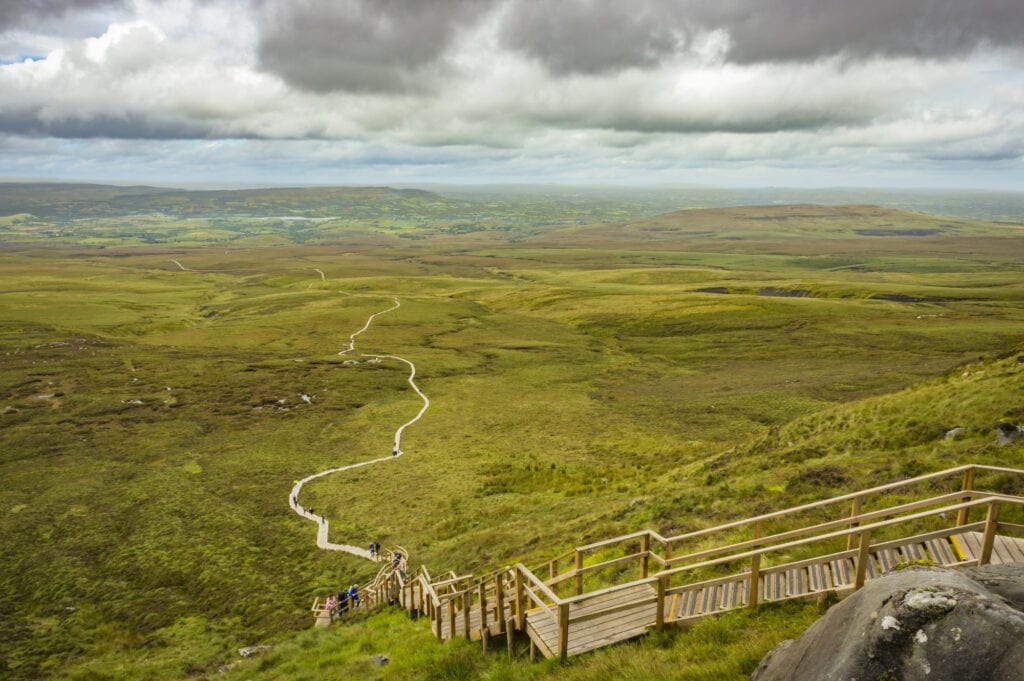
Mature travel
International housesitting makes us sound like James Bond wannabees but it is a brilliant way to visit places you may never have been able to afford to, see historic sites, live in different cultures and enjoy some of the best food the world has to offer.
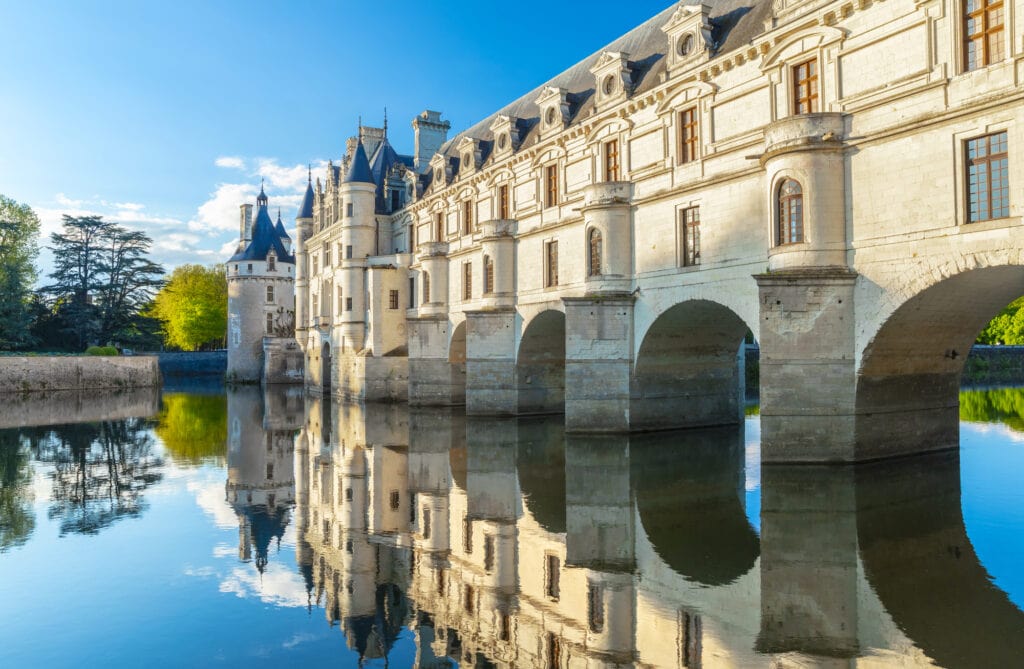
We have explored over 30 countries to date and lived abroad in 10 countries including: Canada, Mexico, France, Ireland, Northern Ireland, Spain, England, Scotland, Wales, Cyprus and of course we plan to live in many more.
Exploring Ireland and Europe
We are lucky and have Irish passports even though we were raised in Canada and have found that an EU passport gives us access to many more places to experience slow travel.
Planning your dream trip to Ireland? Here are some ideas for you!
Check out my 53 Tips for visiting Ireland.
WHERE WOULD YOU LIKE TO TRAVEL TO?
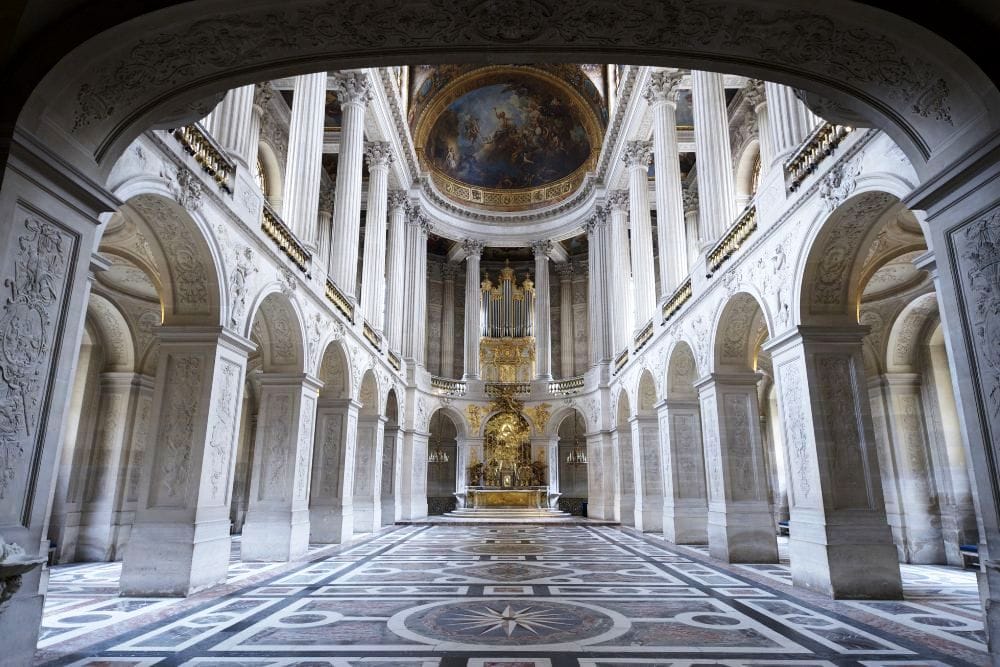
DESTINATIONS
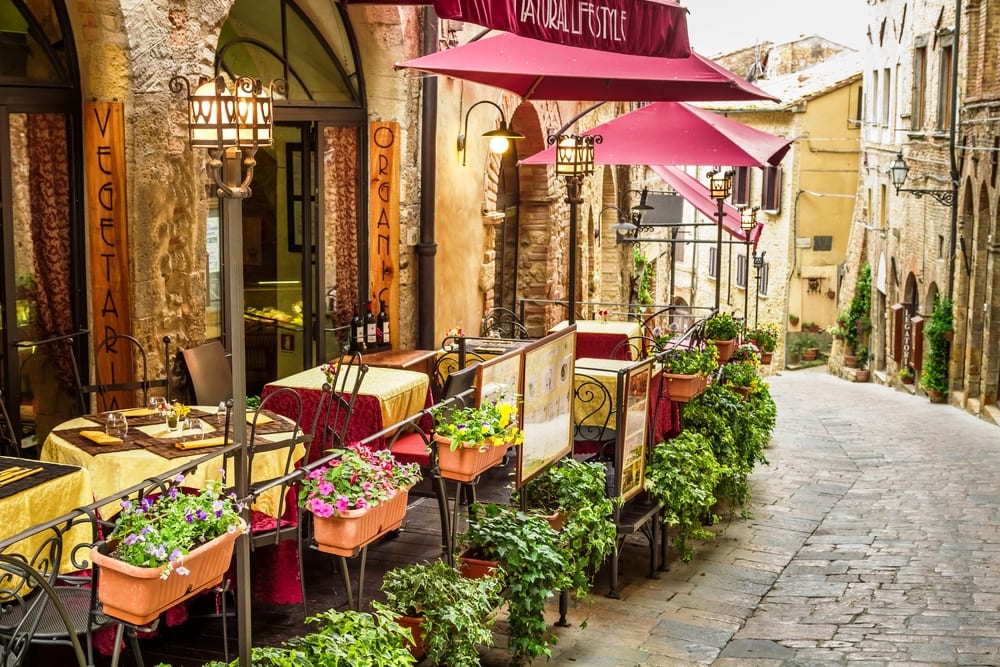
LIVING ABROAD

FOOD AND DRINK
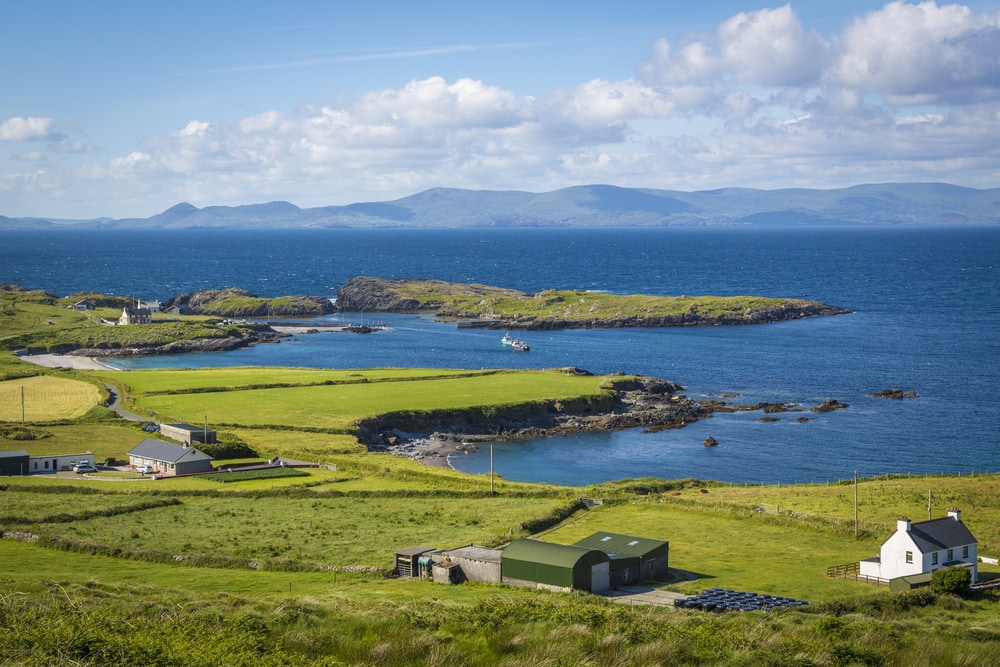
IRELAND
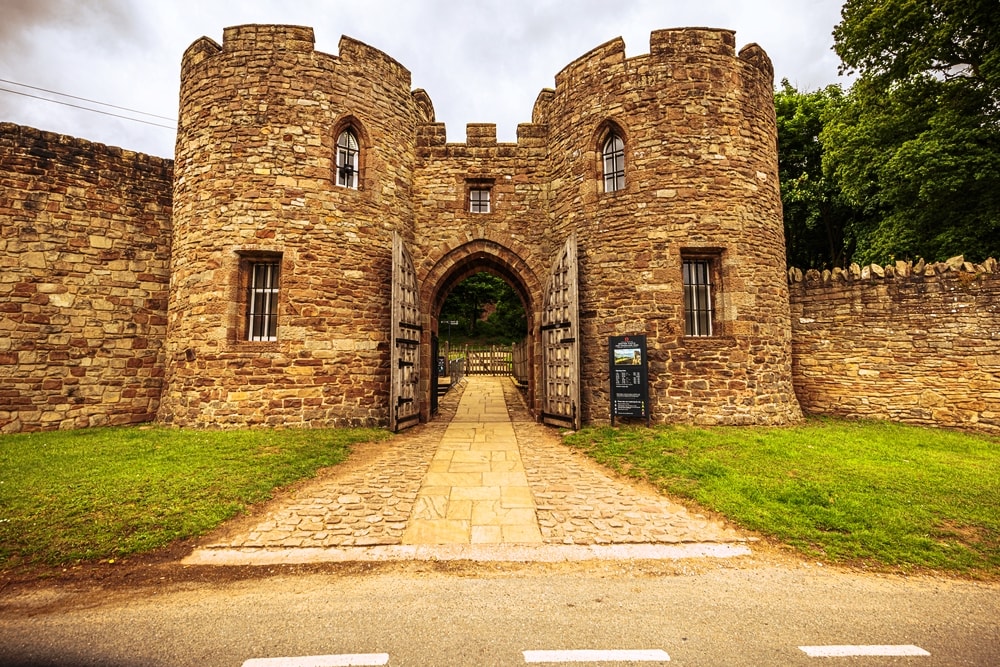
UNITED KINGDOM
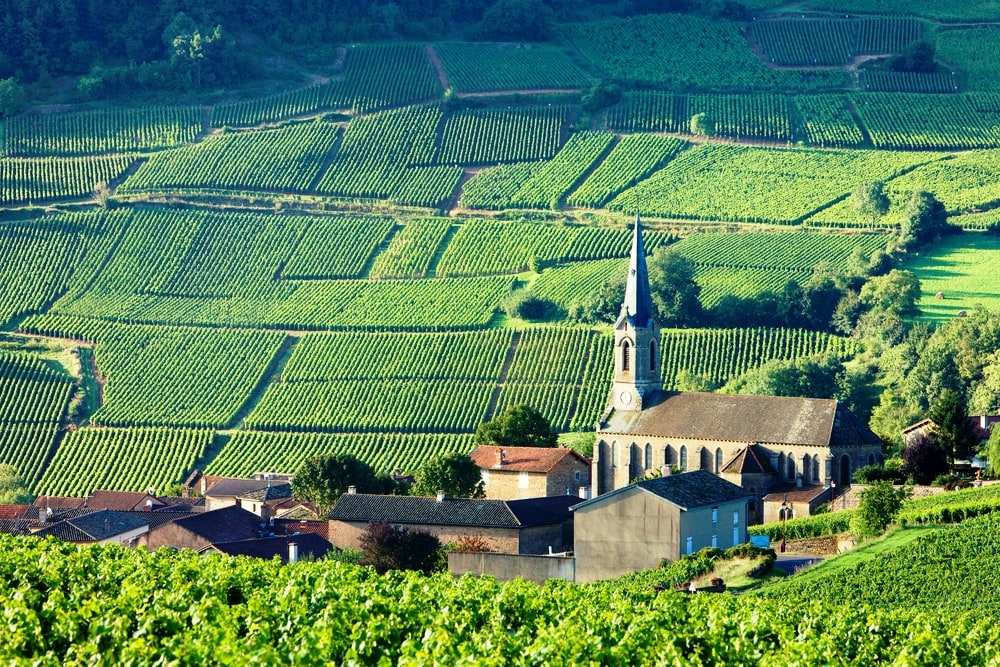
FRANCE

SPAIN

ITALY

NORTH AMERICA
LASTEST POSTS
Voted one of the Top Female Travel Bloggers to Watch in 2019
Voted one of the Top Travel Blogs of 2019

